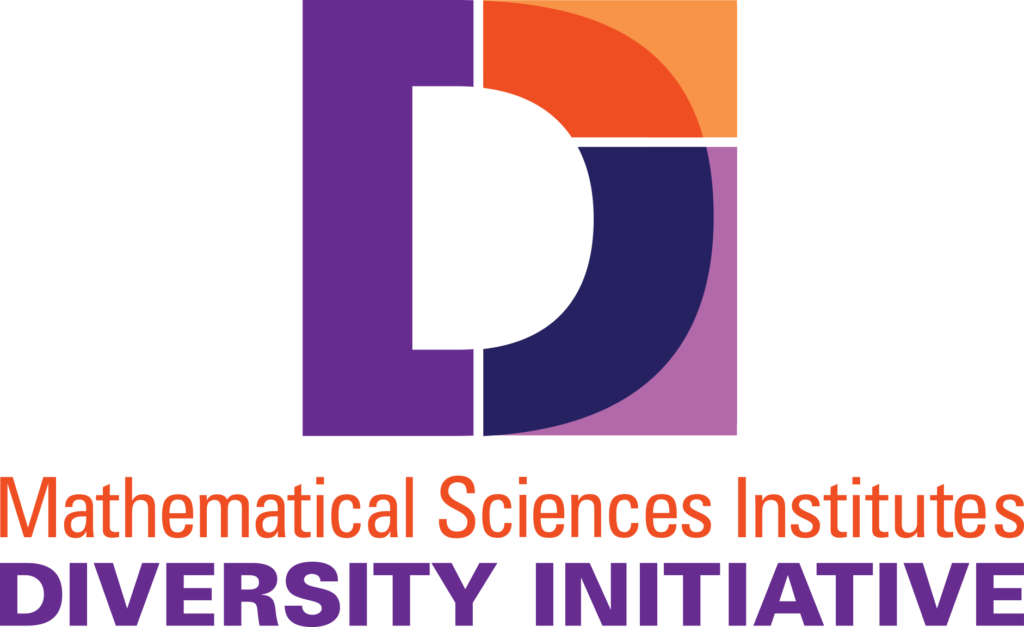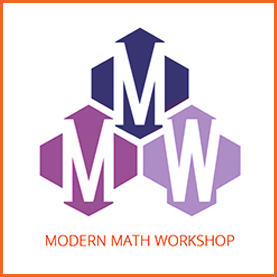Description
Back to topThe Modern Math Workshop (MMW) is a two-day workshop which will take place in conjunction with the 2023 NDiSTEM Conference of the Society for the Advancement of Chicanos and Native Americans in Science (SACNAS). It will showcase contemporary research happening at NSF-funded mathematical sciences institutes around the country. It grew out of a similarly named yearly event originally organized by MSRI and first held at Howard University in 2002. It became a collaboration with SACNAS in 2006 and has been jointly organized by the Mathematical Sciences Institutes since 2008. Since 2011 this event has been funded by the NSF through the Mathematical Sciences Institute Diversity Initiative. This year, IMSI is the lead organizer for the MMW. The workshop is a mix of activities including research expositions aimed at graduate students and researchers, mini-courses aimed at undergraduates, a keynote lecture by a distinguished scientist, and a reception where participants can learn more information about the Mathematical Sciences Institutes. This page will be updated as specifics about workshop activities become available.
The Modern Math Workshop encourages undergraduates from underrepresented groups to pursue careers in the mathematical sciences, and builds research and networking opportunities among undergraduates, graduate students and recent PhDs. Funding is available to cover travel and lodging and SACNAS NDiSTEM registration for participants in the MMW, as well as to fund lodging for MMW participants who also wish to attend the NDiSTEM conference.
A detailed schedule is at this link (opens a PDF)
Organizing Committee
Back to topSchedule
Back to topSpeaker: Jose Rodriguez (University of Wisconsin, Madison)
Speaker: Marco Martinez & Alicia Prieto Langarica (North Central College & Youngstown State University)
Speaker: Claudio Gómez-Gonzáles (Carleton College)
Speaker: Vrushali A. Bokil (Oregon State University)
Speaker: Marco Martinez & Alicia Prieto Langarica (North Central College & Youngstown State University)
Speaker: Claudio Gómez-Gonzáles (Carleton College)
Speaker: Alejandro Morales (Université du Québec à Montréal)
Moderator: Selenne Bañuelos (IPAM)
Panelists: Jose Israel Rodriguez (University of Wisconsin – Madison), Johnny Guzman (Brown University), Juanita Pinzón Caicedo (University of Notre Dame), Daniela Ferrero (Texas State University), Vrushali Bokil (Oregon State University), Alejandro Morales (University of Massachusetts Amherst), Fernando Granha Jeronimo (Simons Institute and Institute for Advanced Study)
Speaker: Juanita Pinzón Caicedo (University of Notre Dame)
Speaker: Daniela Ferrero (Texas State University)
Speaker: Johnny Guzman (Brown University)



